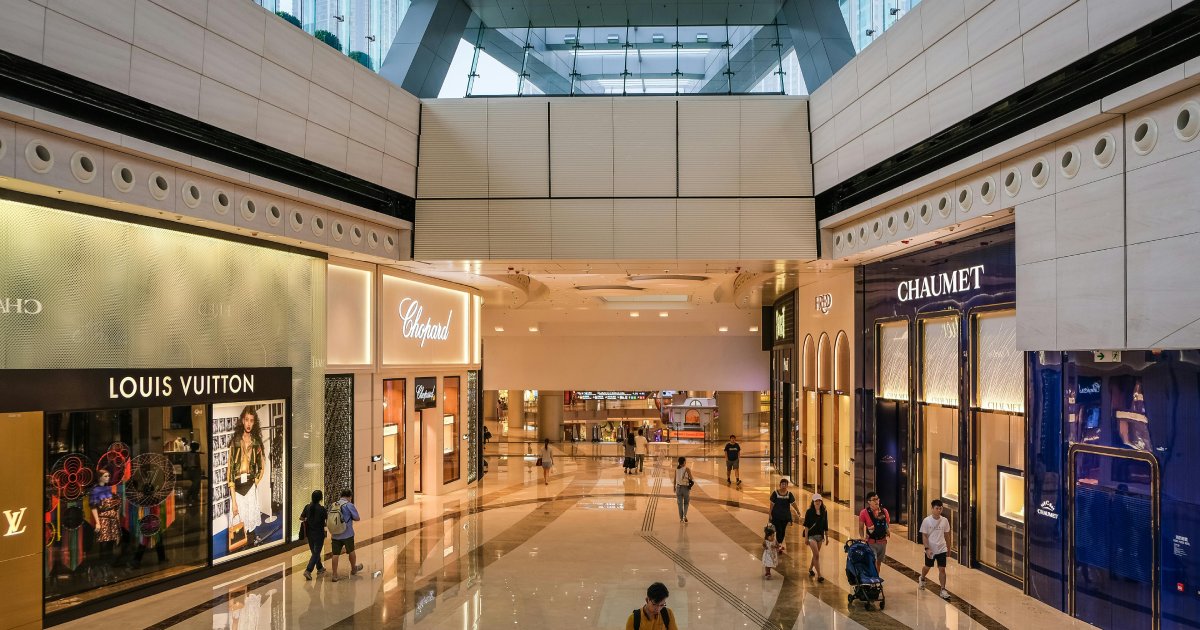Retailers Focus on Value for Fall

By Mark Seavy
Amid a tough consumer environment, retailers are forecasting a challenging market as the industry prepares for the fall and holiday selling seasons. The emphasis will be on providing value for consumers through price cuts, discounts, or customer loyalty programs, retailers said.
TJX Companies, which operates under the TJ Maxx, Marshalls, HomeGoods, HomeSense, and other banners, has seen the demand for its close-out and discounted products “keep growing,” CEO Ernie Herrman said. TJX reported a 4% gain in same-store sales in Q2 as revenue increased 6% ($13.5 billion). This growth was led by the U.S. (up 5%), with a smaller 1% increase seen in international markets.
According to Herrman, the economic environment in Europe and Canada is more challenging than it was six months ago. “We continue to see that consumers are seeking value,” he said. “And we are a little surprised at the amount of [close-out and discounted] goods that are available. It has caused us for the back half and into the first quarter [of 2025] to leave more liquidity because clearly there is no lack of availability.”
The retailer, which has more than 4,900 stores globally and sees room for as many as 6,300 locations also recently purchased a 35% stake in Dubai-based Brands for Less, which operates more than 120 locations across the Middle East and Europe the sell apparel, home goods and toys, according to TJX executives.
Target, meanwhile, cut prices on 5,000 items this summer and is unlikely to slow down after posting a 2.7% gain in revenue ($25.5 billion), a 2% increase in same-store sales, and a 2% gain in store traffic. Bright spots included the apparel and beauty categories, with the retailer posting 3% and 9% gains in Q2 apparel and beauty sales, respectively. Beauty products, specifically, benefitted from the launch of actress Blake Lively’s Blake Brown hair care line.
The emphasis, however, was on lower prices. Target’s average sales price declined “slightly” in Q2. And while its private label brand All in Motion posted strong revenue, the top-seller was $25 women’s leggings, said CCO Rick Gomez. Target also created a “destination for all things pickleball” under a licensing agreement with Authentic Brands Group for Prince brand racquets, apparel, and accessories, CEO Brian Cornell said.
Additionally, Target benefited from its program allowing consumers to buy online and pick up in-store, sales through the program increased 14% in Q2 to $2 billion. For the year, Target’s same-store sales are expected to see the “lower end” of a 0-2% increase, said COO Michael Fiddelke.
“Consumers are being choiceful, budget-conscious, and hunting for deals and everyday value,” Gomez said. “But they’re also willing to shop when they find that right combination of fashion and newness at the right price.”
Macy’s, meanwhile, is showing signs of finding the right price in its turnaround strategy under CEO Tony Spring. Same-store sales at the 50 locations that the chain has said represent its future (based on geography, staffing, and other factors) rose 0.8%. This marks the second consecutive quarter of growth for the segment.
Yet overall, Macy’s reported a 3.8% decline ($4.9 billion) in revenue as same-store sales fell 4%. The decrease was partly tied to consumers becoming “more discriminating” in making purchases as the quarter progressed, Spring said.
The chain plans to close 150 locations—including 55 this year—which is up from a forecast for 50 stores earlier this year. Macy’s has struggled in women’s handbags and shoes and is testing a new mix in about 100 locations, including with brands like Ralph Lauren and Karl Lagerfeld.
“You have to believe that everybody is being a little more cautious as they watch what’s going on in the macro environment and are just being more judicious in the purchases they make,” Spring said. “The challenge is not just to have the lowest price. The challenge is to create a compelling reason for the customer to buy at Macy’s, Bloomingdale’s, or Bluemercury. And we have that—we have the right inventory composition.”




